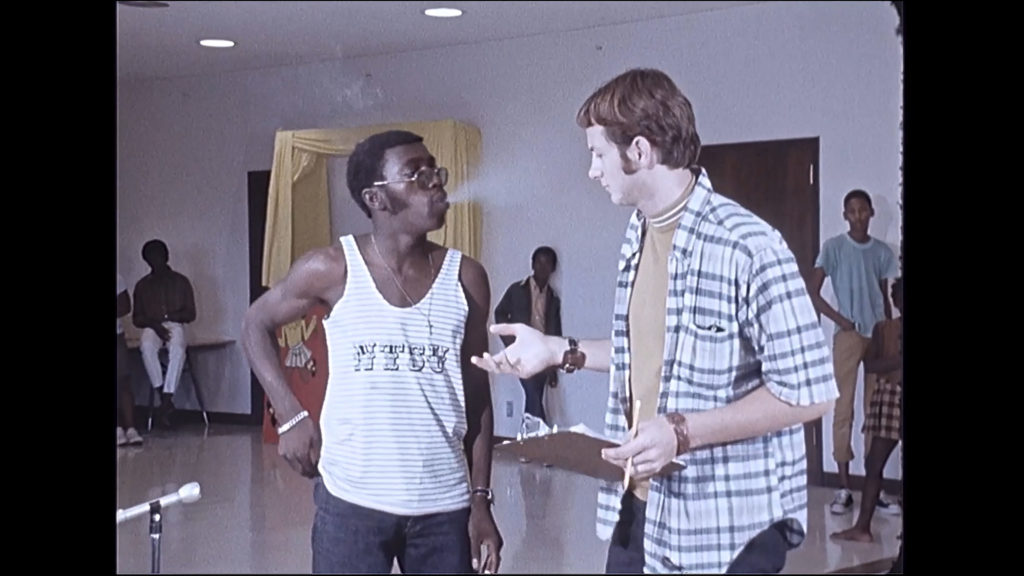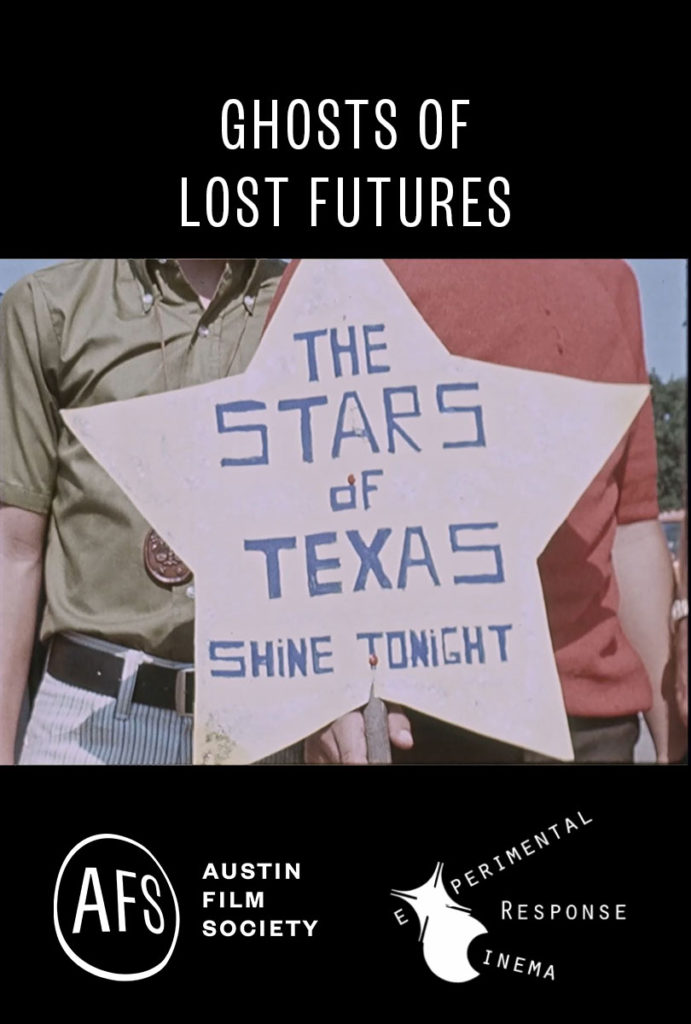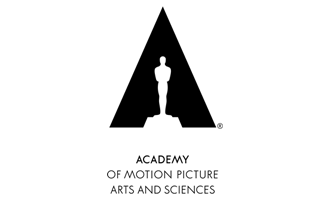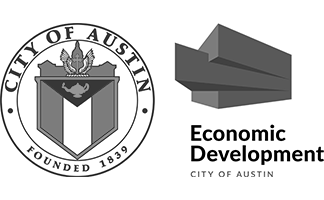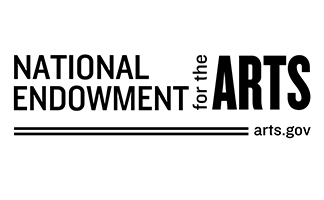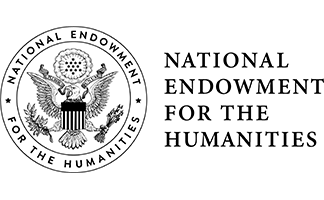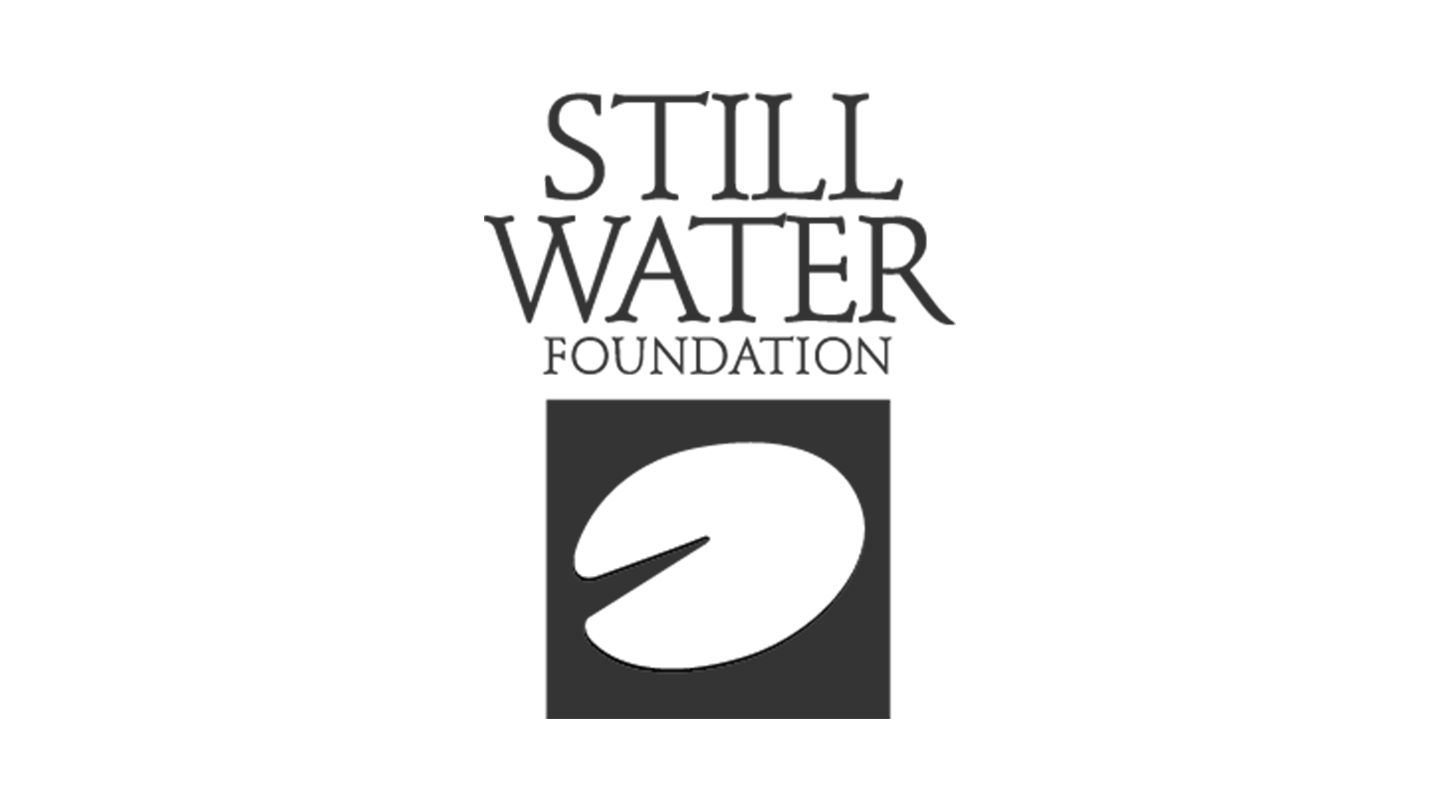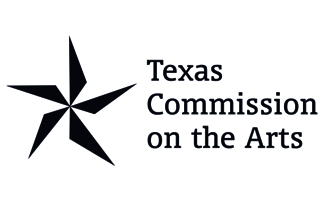Austin Film Society and Experimental Response Cinema partner to present Ghosts of Lost Futures, new video works by 10 artists commissioned by the G. William Jones Film and Video Collection. Each artist was given access to the same cache of footage from the WFAA Newsfilm Collection shot in Dallas,Texas in the year 1970, the year of the archive’s founding.
The program was intended to celebrate the 50th Anniversary of the archive, but due to the COVID-19 pandemic and the resulting lockdowns, the program was not completed until the Spring of 2021. The artists were given complete freedom in how they re-interpreted the footage and its historical context. The resulting works are profound meditations on mourning, melancholy, disaster, and various reinterpretations of the events of 2020 and 2021 through images of Dallas’ past.
Curt Heiner – the stars of texas shine tonight – 13m59
Channel 8 news is on the move. DFW legends in broadcast journalism convene for a grand event on the eve of a 50th anniversary. It’s a night of remembrance, commemoration, facts, sources, and breaking stories. A document for the stars of Texas, reporter, reportee, and all residents of the Metroplex.
Lisa McCarty – Undelivered Remarks – 5m5s
On November 22, 1963, John F. Kennedy was scheduled to address the Dallas Citizens Council. It was Kennedy’s only scheduled event in Dallas that day, but the presidential motorcade never reached their destination. His final, undelivered, speech for the Citizens Council called upon individuals to serve humanity rather than political parties. Undelivered Remarks mines this speech, and footage of Dallas’s past, in an effort to recover a possible future.
Tramaine Townsend – FRAMES.–DALLUS. – 6m26s
A part of Townsend’s series FRAMES. 2020 was a difficult and uncertain time for everyone in the world. We simultaneously experienced what we believed to be a potential doom for us all. We witnessed a change amongst ourselves that was visible, and felt what would be a consequential turn for us all in many ways for years to come. Townsend during this time with his girlfriend Stephanie filmed their experience during quarantine together. He wanted to chronicle the time they had together by filming their interactions with one another. There were times of reflection, growth, and a few mundane moments. Most of it was filmed right at the beginning of quarantine. Townsend corresponded the footage from the archive
dates with the footage he captured of them both. Making it nearly 50 years apart from one another. It’s a reflection of then to our inevitable now. No one could have predicted a turn of events. Nor could have known some of those events and feelings progress and carry on as time stands now. The similarities in some cases were uncanny.
Zak Loyd – Deep River / Ocean of Storms – 3m8s
“I indeed baptize you with water unto repentance: but he that cometh after me is mightier than I, whose shoes I am not worthy to bear: he shall baptize you with the Holy Ghost, and with fire.” -Matthew 3:11
“The moon is dead. Your soul went to the moon, to the preserver of souls. Thus the soul moved toward death. I went into the inner death and saw that outer dying is better than inner death. And I decided to die outside and to live within. For that reason I turned away and sought the place of the inner life”. – Carl Jung; Red Book.
Sean Miller – Untrue Crime – 8m17s
Untrue Crime mimics the form and expectations of the true crime documentary genre with a sequence of clips selected from SMU’s WFAA archive. Footage is extracted from various real-world events documented by WFAA in the early 1970’s and re-contextualized into a surreal narrative collage. Clips seem to comment on and interact with each other, but this narrative is a mirage that dissolves under close examination.
Angelo Madsen Minax – Stay with me, the world is a devastating place – 8m 29s
In a time-warping dramaturgy, the news anchors from 1970 are reimagined as pseudo-divine bearers of a potential truth, transplanted from 50 years in the past and appearing before our eyes to weave a proclamation of impending doom. In poetic decree, we are told in great detail the peril of our world, yet offered no explanation of how to prevent it, nor the definitive cause.
Zak Loyd – Parkland – 6m19s
“Parkland Hospital opened at the corner of Maple and Oak Lawn Avenues in 1894 with 100 beds. It replaced a 25-bed “City Hospital” … that had opened in 1873. The new hospital was named “Parkland” because it was built on land originally bought for a city park” -Texas/Dallas History and Archives Division Dallas Public Library.
Amber Bemak – Dallas is a Fire – 11m35s
This film illustrates a historical loop of white supremacy in the city of Dallas.
Melanie Clemons – Flats – 8m4s
In Flats, gifable moments are extracted from the archive and reformed to mimic social media ‘stories’. This contemporary treatment highlights the relationship between the media and the environment in which it is presented.
Liz Rodda – Amid Flowers, Crowns, and Tears – 11m19s
Amid Flowers, Crowns, and Tears serves as a doubled gaze between 1970 Dallas and America over fifty years later as well as the encoded gaze of the news camerapersons and the ensuing one of the
artist/filmmaker. The (digitized) film is structured to shift between moments of presence and absence; white bodies lounge poolside in one scene and, in another, a black woman lies down at the site where unarmed Michael Morehead was shot and killed by police. The story of Michael Morehead is told in proximity to a store owner’s experience of armed robbery who makes a conscious choice to let the perpetrator live. In slow rhythm, the film moves between sound and silence, figure and ground, as well as spectacle and obfuscation.
Marwa Benhalim – The Void Remembers – 6m34s
Swaying between fiction, heartbreak, and trauma, “the void remembers” merges archival footage, text, and song into a non-linear journey of emotional turmoil, devastation, and the mundane. Fusing the anxiety of anticipation with radical emotional disenchantment, while tracing a catastrophe’s effect beyond its point of origin. It reflects on the premise that the production of one’s present is only possible after an event of sudden damage or change.
Program curated by Michael A. Morris Commissioned by the SMU Libraries and the G. William Jones Film and Video Collection SMULibraries Staff Advisors: Jeremy Spracklen, Scott Martin, Jolene De Verges, Beverly Mitchell In 1970, the G. William Jones Film and Video Collection was founded at Southern Methodist University, then known as the Southwest Film/Video Archives and is currently part of the SMU Libraries. It is home to many important collections of films and videos from the region, including the WFAA Newsfilm Collection.
